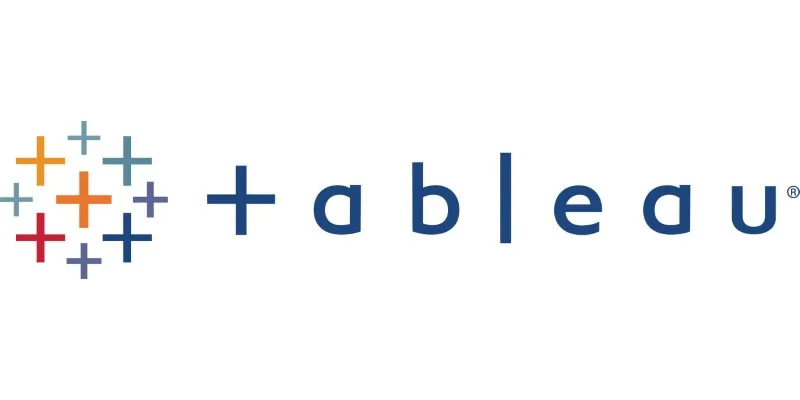Is AI Listening to Everything We Say? You’ve likely pondered this question as artificial intelligence becomes a staple in our daily routines. AI is here to stay, permeating every aspect of our lives, from drafting emails to suggesting music playlists. This ubiquity, however, brings with it certain apprehensions. Many worry about the potential misuse of data shared with AI.
Concerns about privacy and misinformation are on the rise. Yet, avoiding AI isn’t the answer. Instead, learning to use AI safely is crucial. In this article, we’ll explore essential safety tips for everyone. If you’re eager to harness AI safely, read on!

Tips to Ensure Safe Use of AI
Many are concerned about safety when it comes to AI. Here are some vital tips to help you use artificial intelligence responsibly:
Understand What AI Can and Can’t Do
Knowing AI’s capabilities and limitations is essential. While AI excels at processing information, generating content, and mimicking human behavior, it lacks human reasoning, emotional understanding, and ethical judgment. This means AI might produce information that seems accurate but could be misleading. Always verify facts, consider diverse perspectives, and question AI-generated content. Encourage critical thinking, comparison, and judgment. Use AI as an assistant for creativity or research, but always double-check and rely on your intellect for final decisions.
Be Careful with Personal Information
Exercise caution when sharing personal details with AI tools. Teach children not to disclose sensitive information like full names, addresses, phone numbers, or financial details. Many AI platforms collect data to enhance performance, and careless sharing can lead to privacy breaches. Always review privacy settings and policies before providing personal data. Educating children about safeguarding their personal information protects against identity theft, scams, and unwanted interactions. Share details only on secure, reputable platforms, and choose AI tools that clearly explain data usage. When uncertain, refrain from sharing.
Understand and Adjust Privacy Settings
AI platforms often collect data to improve user experiences. Understanding your control over this process is crucial. Begin by reviewing the platform’s privacy settings, which dictate the information you share and how it’s stored. Spend time exploring these options, whether using a chatbot, educational app, or other AI tools, and adjust them to suit your comfort level. Regularly checking privacy settings, especially after updates or on new platforms, can significantly enhance your data protection and prevent unwanted tracking or sharing.
Avoid Deepfakes and Misleading Content
Staying clear of deepfakes and misleading content is crucial for safe AI usage. AI can create synthetic media, such as audio, images, and videos, which can be deceptive. While some uses, like entertainment, are harmless, others, like fake political speeches, can be damaging. Avoid AI-generated content that misleads or impersonates real people or events, especially in journalism, education, or advertising. Always inform your audience if your content is fictional or synthesized when using AI creatively.

Stay Informed About AI Laws and Regulations
As AI technology evolves, so do the regulations governing its use. Governments globally are implementing laws to ensure ethical AI usage. For instance, the European Union’s AI Act and the United States’ AI Bill of Rights aim to prevent algorithmic bias, protect privacy, and promote transparency. Staying informed about these regulations is vital for responsible AI use. Being aware of the latest rules helps you avoid legal issues and protects others’ rights. Keep updated by subscribing to reputable tech newsletters and reading trusted sources. Ensure your AI practices comply with current laws in your region.
Report Inappropriate or Harmful Content
Most AI platforms feature safety measures, but users may still encounter offensive or inappropriate content. It’s essential to understand—and teach others—that they don’t have to handle such situations alone. If you encounter harmful messages, disturbing images, or uncomfortable interactions, report them immediately to the platform or service provider. Most have a “report” or “flag” button. Encourage children to discuss any issues with a trusted adult, such as a parent or teacher, to maintain a safe online environment.
Conclusion
AI is transforming how we work, learn, and communicate. However, ensuring safe usage is more critical than ever. AI tools offer remarkable convenience and speed, but their effectiveness relies on responsible use. Every small step, from protecting personal data and identifying misinformation to understanding platform settings and staying informed about global AI regulations, matters. Remember, AI is a tool, not a substitute for your judgment and human skills.
 zfn9
zfn9























